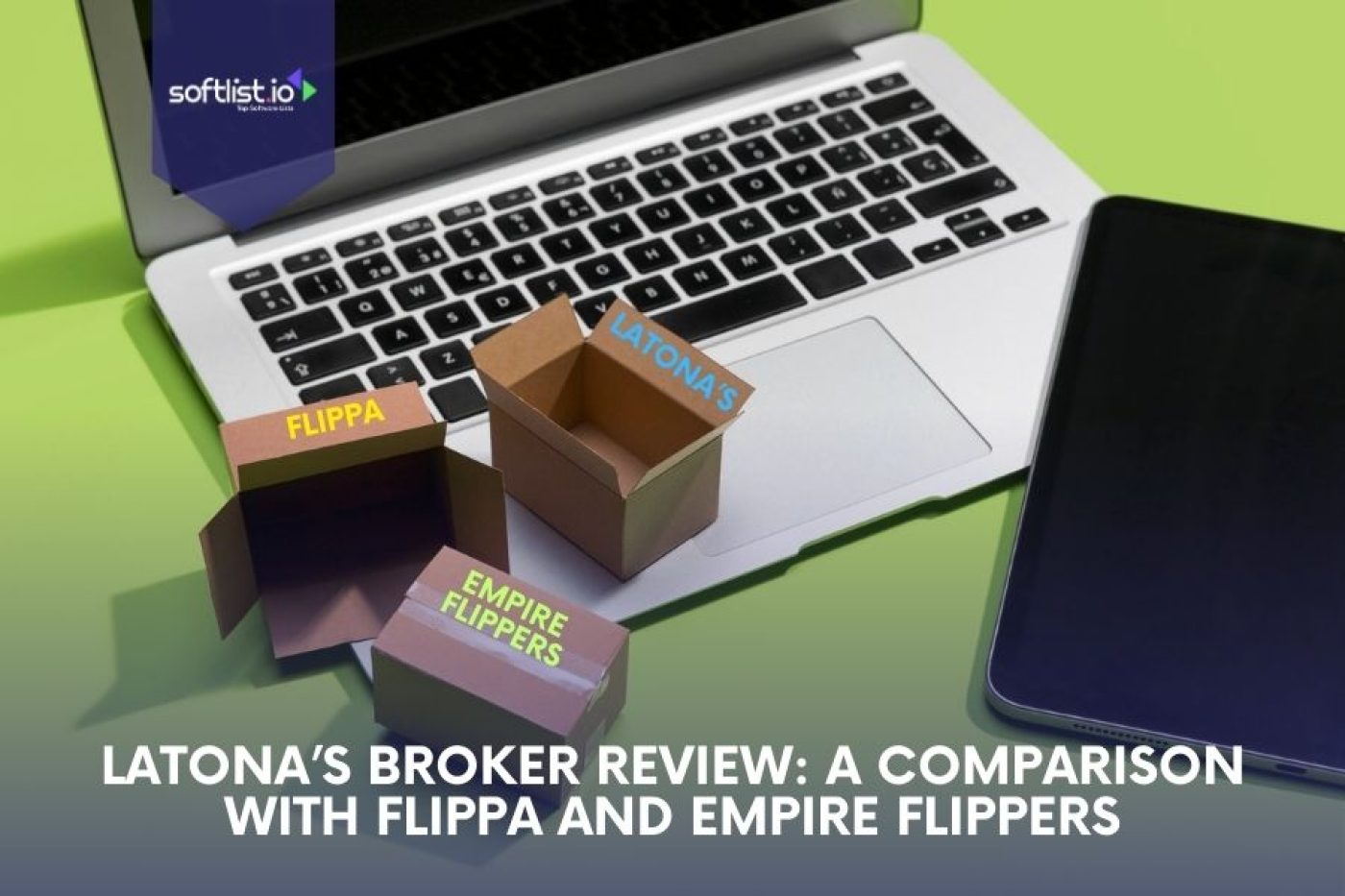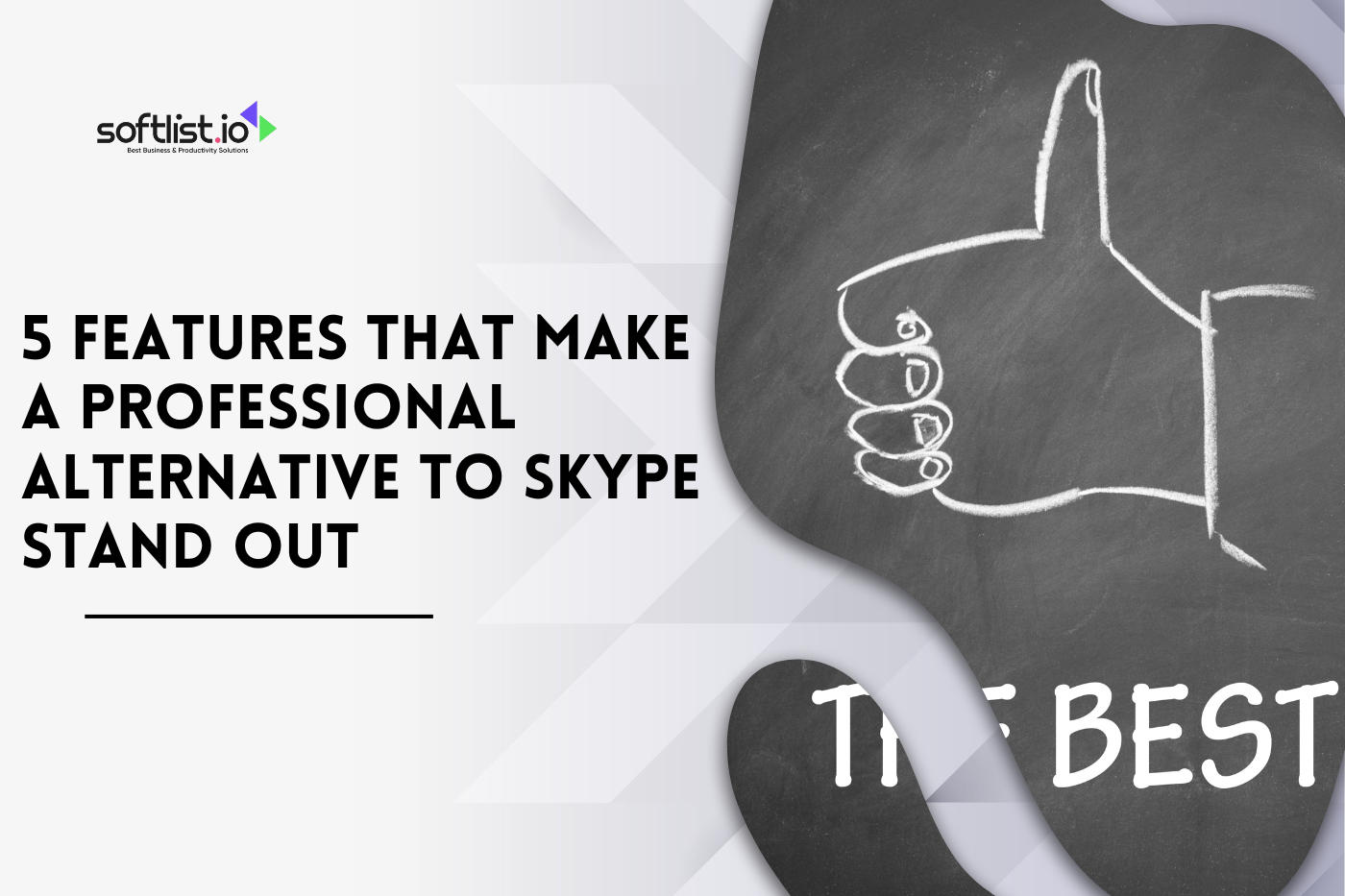What Is Hyperledger Fabric?

Hyperledger Fabric is a high-quality, open-source, enterprise-grade distributed ledger technology platform. It has unique features setting it apart from other blockchain solutions. It is under the Linux Foundation. It has a successful track record of nurturing open-source projects with open governance.
Hyperledger Fabric Blockchain Solutions is gaining popularity in business. It is due to its security, scalability, interoperability, privacy, and consensus features. This section will provide a comprehensive overview of the Hyperledger Fabric Blockchain solution.
This Fabric Blockchain’s architecture consists of three main components. The network, the chain code, and the application.
The network component comprises many peer nodes. It validates transactions and maintains the shared ledger. The chain code component contains the smart contracts. It defines the business logic of the network. The application component enables developers to create decentralized applications (dApps). It interacts with the network.
This Fabric Blockchain uses a modular and pluggable consensus model. It enables organizations to choose the consensus algorithm that best suits their needs. Additionally, it provides privacy features such as channels. Channels allow many parties to transact without revealing their data to other parties.
This Fabric Blockchain uses a multi-stage transaction process. When a user submits a transaction proposal, it’s validated by the endorsing peers. It executes the chain code and returns the results.
This Fabric Blockchain is a revolutionary blockchain technology. It changes how businesses share data and conduct transactions.
Pricing
This Fabric is an open-source blockchain framework that is free to use and distribute. However, deploying a production network with this Fabric involves infrastructure costs, such as computing resources, storage, and networking. These costs can vary depending on the size and complexity of your network and your chosen infrastructure platform.
Additionally, suppose you partner with a blockchain development company or consultant to help you implement this Fabric. In that case, there may be fees associated with their services.
These fees can vary depending on the scope and complexity of the project, as well as the development team’s level of expertise and experience.
Advantages Of Hyperledger Fabric Blockchain

Here are the top five benefits of this Fabric Blockchain networks.
1. Security
This Fabric Blockchain offers advanced security features. Features include identity management, access control, and confidentiality. It also uses a permissioned model. It is a model restricts access to the network, making it less vulnerable to attacks.
2. Scalability
This Fabric Blockchain offers high scalability through a modular architecture. It enables organizations to add and remove components as needed. It also uses parallel processing to improve transaction throughput.
3. Interoperability
This Fabric Blockchain is interoperable with other blockchain platforms. It enables organizations to connect and share data. It also supports many programming languages. It offers a modular consensus model that is adaptable to different business needs.
4. Privacy
This Fabric Blockchain provides selective endorsement and encryption to enhance data privacy.
5. Consensus
This Fabric Blockchain offers a flexible consensus model. It enables organizations to choose the consensus algorithm that best suits their needs. It also provides fault tolerance and enhances trust in the network.
Deploying A Production Network With Hyperledger Fabric

This Fabric is an influential blockchain technology that can build secure and scalable distributed applications. If you’re looking to deploy a production network with Hyperledger Fabric, here are the steps to consider:
1. Decide on the network configuration
Determine the number of peers, ordering nodes, and channels you’ll need for your network. Also, consider the endorsement policies and how you’ll distribute keys and certificates.
2. Set up a cluster for resources
Set up a cluster of virtual or physical machines to host your peers and ordering nodes. Ensure that your network meets the resource requirements for your chosen configuration.
3. Set up CAs
Configure your Certificate Authorities (CAs) to issue and manage the certificates required for your network. This includes setting up your root CA and intermediate CAs.
4. Use the CA to create identities and MSPs
Use the CA to create identities for each node in your network and for each organization in your consortium. Also, create Membership Service Providers (MSPs) to manage access control for each organization.
5. Deploy peers and ordering nodes
Deploy the peers and ordering nodes on your cluster, configure them, and join them to your network. Ensure that they are appropriately authorized and authenticated with the appropriate MSPs.
Following these steps, you can deploy a production network with this Fabric and build secure and scalable distributed applications. However, deploying this Fabric network can be complex and time-consuming, so it’s recommended that you partner with experienced blockchain developers to ensure a successful implementation.
Use cases

Here are some of the popular use cases of Hyperledger Fabric Blockchain.
1. Supply Chain Management
This Fabric Blockchain can track goods and services moving through the supply chain, providing transparency and traceability. It can also help prevent fraud and counterfeiting, reduce costs, and enhance supply chain efficiency.
2. Identity Management
This Fabric Blockchain can manage identities and authentication, providing secure and tamper-proof identity verification. It can also be used for identity federation, where multiple organizations can authenticate users across different systems.
3. Healthcare
This Fabric Blockchain can securely store and share electronic health records (EHRs), enabling patients to control their data and improving healthcare delivery. It can also be used for drug supply chain management, clinical trials, and medical device tracking.
4. Finance
This Fabric Blockchain can be used for secure and transparent financial transactions, reducing the need for intermediaries and enhancing trust. It can also be used for trade finance, supply chain finance, and regulatory compliance.
5. Real Estate
This Fabric Blockchain can securely store and transfer property titles, enabling faster and more efficient property transactions. It can also be used for property valuation, crowdfunding, and management.
This Fabric Blockchain has diverse use cases in various industries, including supply chain management, identity management, healthcare, finance, and real estate. Its security, scalability, interoperability, privacy, and consensus features make it a viable solution for many business challenges.
Challenges In Implementing Hyperledger Fabric Blockchain

While Hyperledger Fabric Blockchain offers numerous benefits, there are also challenges that organizations may face when implementing this technology. Here are some of the most common challenges of implementing Hyperledger Fabric Blockchain.
A. Technical Challenges:
1. Complexity
Hyperledger Fabric Blockchain is a complex technology that requires specialized knowledge and expertise to deploy and maintain.
Integration: Integrating Hyperledger Fabric Blockchain with existing systems and applications can be challenging, requiring significant development efforts.
2. Scalability
While Hyperledger Fabric Blockchain offers high scalability, scaling up can be challenging due to technical limitations, such as the maximum number of nodes participating in the network.
B. Business Challenges:
1. Cost
Implementing Hyperledger Fabric Blockchain can be expensive, requiring significant investment in infrastructure, resources, and training.
2. Governance
Establishing a governance model that defines the roles and responsibilities of participants and ensures compliance with regulatory requirements can be challenging.
3. Blockchain Adoption
Getting all stakeholders to adopt and use the technology can take time, especially when multiple parties are involved in a supply chain or consortium.
In summary, while Hyperledger Fabric Blockchain offers numerous benefits, there are technical and business challenges that organizations must consider before adopting this technology. Understanding and addressing these challenges is essential to ensure successful implementation and maximize the benefits of Hyperledger Fabric Blockchain.
FAQs

Is Hyperledger fabric a private blockchain?
Yes, Hyperledger Fabric is a private or permissioned blockchain network. That means that only authorized participants can access and participate in the network.
What are Hyperledger Fabric blockchain development services?
Hyperledger Fabric blockchain development services are blockchain services offered by blockchain development companies. It helps organizations design, develop, and deploy blockchain applications using Hyperledger Fabric.
How can businesses leverage the blockchain ecosystem and Hyperledger Fabric to develop an effective blockchain strategy?
Businesses can develop a blockchain strategy that leverages blockchain technology to enhance their operations. Hyperledger Fabric offers advanced security, scalability, interoperability, privacy, and consensus features, making it a viable option for businesses seeking to leverage blockchain technology. By partnering with experienced blockchain developers and consultants, companies can ensure a successful implementation and maximize the benefits of Hyperledger Fabric.
Can IBM Blockchain and Hyperledger Fabric be used for smart contracts development on a public blockchain network?
While IBM Blockchain and Hyperledger Fabric are typically used for permissioned blockchain networks, they can also be used for smart contracts development on a public blockchain network. However, the implementation and integration process may differ from a private blockchain network. Businesses may need to consult with experienced blockchain developers to ensure a successful implementation.
How does Hyperledger Fabric differ from other blockchain platforms?
Hyperledger Fabric differs from other blockchain platforms in several ways. For example, it is a permissioned blockchain network, meaning only authorized participants can access and participate. It also provides enhanced privacy features like channel-based privacy and confidential transactions. Additionally, Hyperledger Fabric is designed to be a modular and flexible platform, allowing developers to easily customize and extend the network for their specific use case.
What are some use cases for Hyperledger Fabric?
Hyperledger Fabric has numerous use cases in various industries, including supply chain management, identity management, healthcare, finance, and real estate. It can securely track goods and services as they move through the supply chain, manage identities and authentication, store and share electronic health records, enable secure financial transactions, and securely store and transfer property titles.
Is Hyperledger Fabric free to use?
Yes, Hyperledger Fabric is an open-source blockchain framework that is free to use and distribute. However, deploying a production network with Hyperledger Fabric involves infrastructure costs, such as computing resources, storage, and networking.
How can I get started with Hyperledger Fabric?
To start with Hyperledger Fabric, you can review the documentation on the Hyperledger Fabric website and participate in the Hyperledger Fabric community. You can also partner with experienced blockchain development companies or consultants to help you design, develop, and deploy blockchain-based applications using Hyperledger Fabric.
Best Alternative Software for Hyperledger Fabric
| Primary Rating: 3.5 | Primary Rating: 3.5 |
Conclusion

Suppose you’re considering implementing Hyperledger Fabric Blockchain. In that case, it’s worth trying. It’s essential to understand the technical and business challenges involved. Also, take a strategic approach to implementation.
Consider partnering with an experienced blockchain development company like Hyperledger Fabric. Consult with blockchain experts to ensure a successful performance.
Looking to the future, the potential applications of Hyperledger Fabric Blockchain are vast. We expect more innovation and adoption in various industries in the coming years.
Hyperledger Fabric Blockchain can be a game-changer for businesses. Why? Because it provides enhanced security, efficiency, and trust in various use cases. Don’t hesitate to explore the possibilities of Hyperledger Fabric Blockchain. Take your business to the next level!
To learn more about blockchain solutions, read our blogs today. Our platform provides a comprehensive directory of blockchain development companies and consultants, making finding the right partner for your project easy. Take the first step towards knowing the full potential of blockchain technology for your business.








